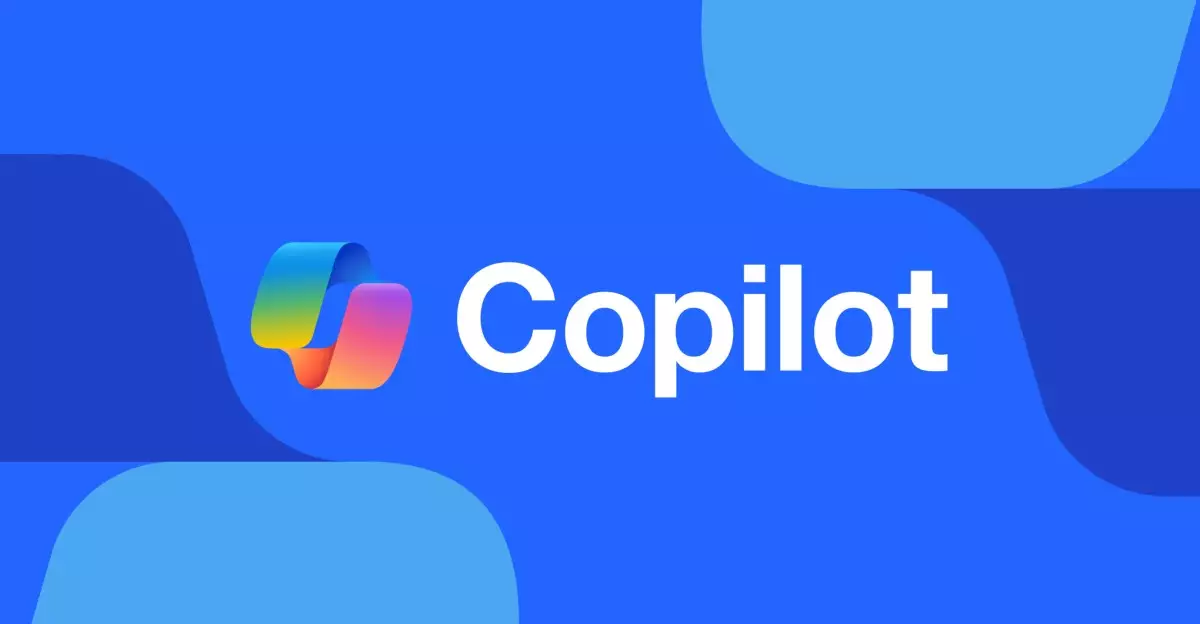In a bold step forward, Microsoft is set to revolutionize the way we interact with productivity tools through the introduction of multi-step reasoning artificial intelligence in its Microsoft 365 Copilot suite. These advancements come in the wake of announcements from industry giants like Google and OpenAI, showcasing the competitive energy that is fuelling innovation in AI. By introducing sophisticated agents named Researcher and Analyst, Microsoft is not just adapting to the changing tech landscape; it’s leading the charge by introducing functionalities that promise to enhance user experience significantly.
Deep Reasoning Agents at Work
The Researcher agent is particularly noteworthy as it incorporates OpenAI’s advanced deep research AI model. This tool is designed to tackle complex, multi-layered research tasks, facilitating collaboration across various platforms. By enabling connections to external data sources like Salesforce and ServiceNow, Microsoft is allowing businesses to leverage insights from disparate datasets. This integration could streamline workflows dramatically, transforming how teams derive actionable insights from collected data and enabling a level of efficiency that was previously unattainable.
On the other hand, the Analyst agent utilizes the o3-mini reasoning model from OpenAI, showcasing the power of chain-of-thought reasoning. This isn’t just a superficial data processing tool; it can convert raw data into structured formats like spreadsheets and execute Python code in real-time. This capability positions the Analyst as a virtual data scientist, capable of synthesizing comprehensive reports with unprecedented ease. Such tools herald the dawn of a new era where complex analytical tasks can be completed with little assistance, freeing up human minds for more strategic thinking.
Promises Versus Reality: Automation and Custom Agents
Microsoft’s announcement of autonomous agent capabilities in Copilot Studio raises both excitement and skepticism. The possibilities for automating mundane tasks through intelligent agent flows are enticing. According to the claims made during the announcement, these agents possess the capacity to “automate any task you can imagine.” However, history teaches us to be vigilant with lofty promises. The practical application of these automated solutions remains to be demonstrated. Will these agents genuinely improve efficiency, or will they merely act as superficial enhancements?
One promising application mentioned was directing feedback emails to the relevant teams—an example that raises more questions than answers. Isn’t this functionality something we could achieve through simpler means, like additional checkboxes or manual sorting? The hypothetical ease of a low-code interface must be piloted to verify its usability and effectiveness in real-world scenarios. The pressing question remains whether these agents can truly deliver on the ambitious expectations touted by Microsoft and peers in the AI field.
The Future of AI and Workplace Dynamics
As we look towards a future where AI tools become increasingly integrated into our everyday work lives, the implications are profound. Microsoft’s initiatives with multi-step reasoning AI could very well redefine professional landscapes, but with it comes a responsibility to ensure that these tools enhance creativity and problem-solving rather than hinder critical human interactions. Observing how organizations navigate this transition will be crucial in shaping the next chapter of collaborative work dynamics. The tech industry is on the brink of a significant paradigm shift, and how Microsoft Copilot’s innovations unfold will be pivotal in determining the trajectory of AI within workplace environments.

